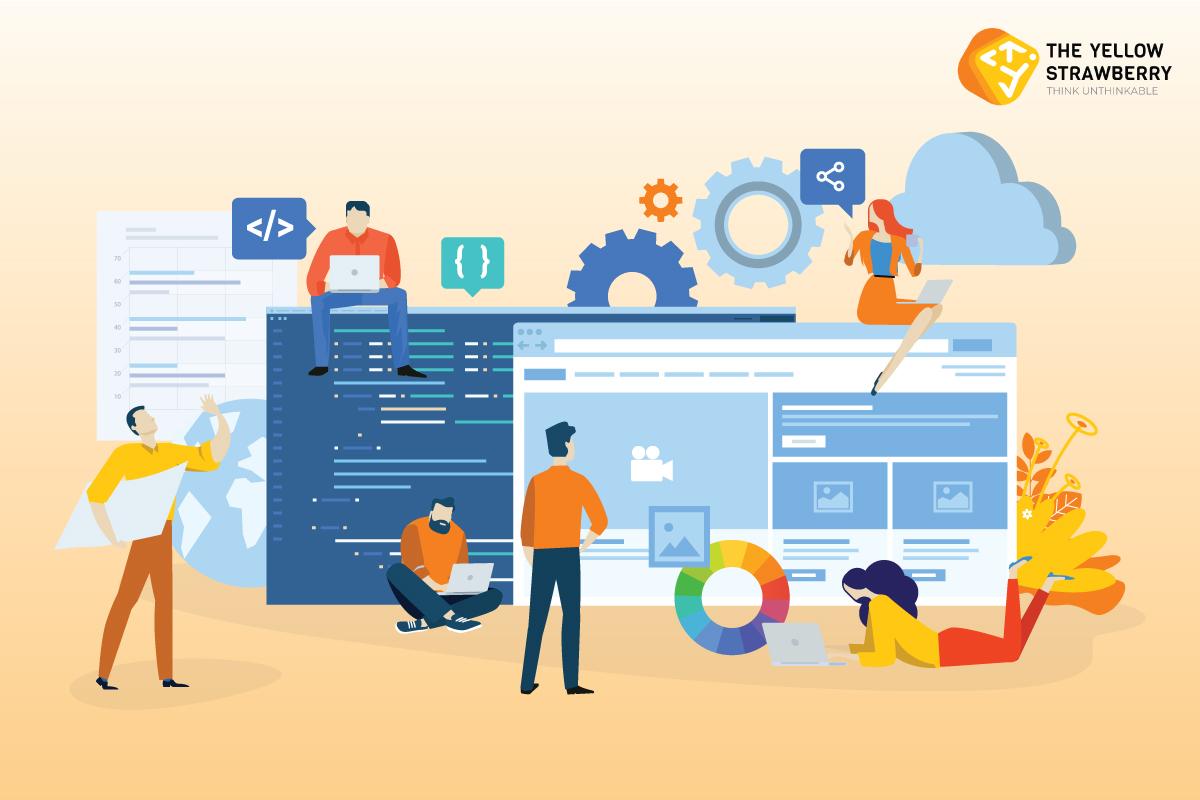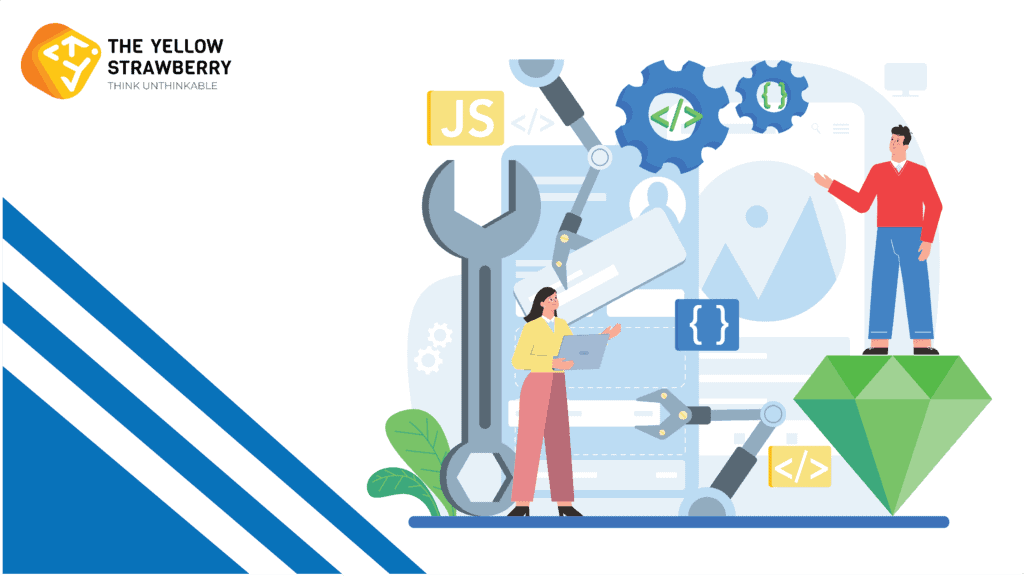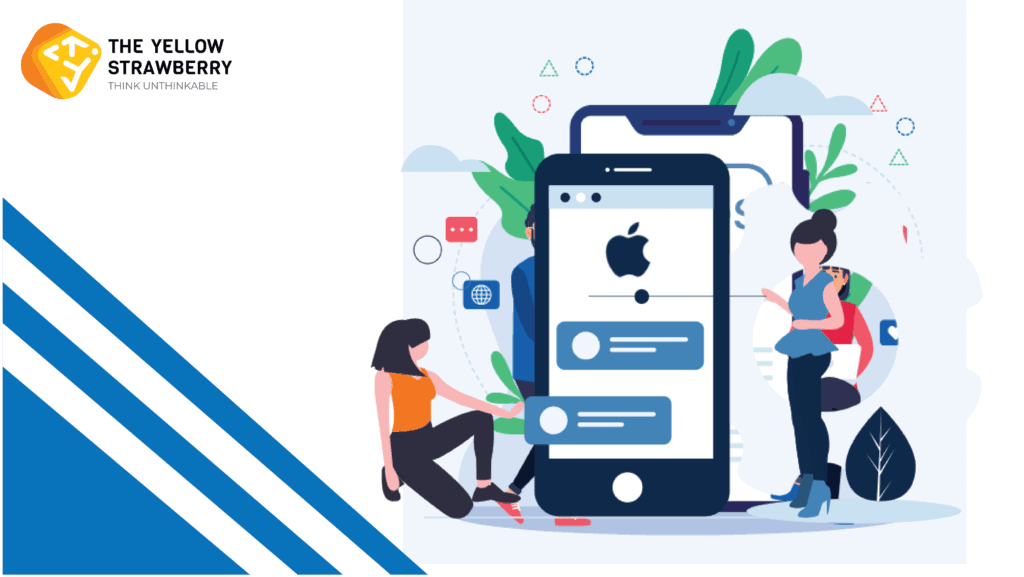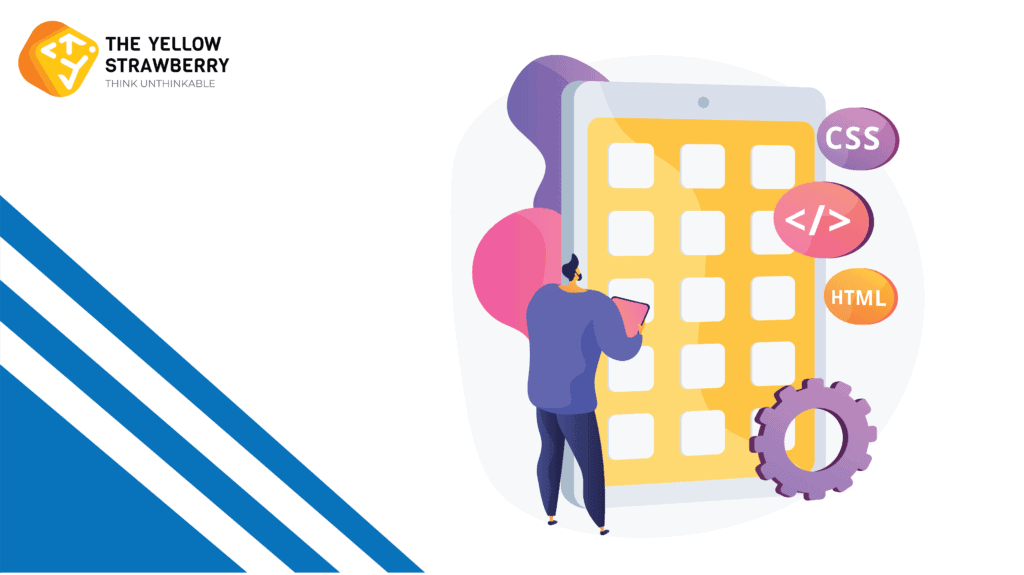Currently, mobile applications have grown in popularity; in fact, studies reveal that 21% of millennials open an app more than 50 times every day. While there is no doubt that apps are popular, the sheer volume of these bespoke software applications might make it tough to observe results when developing your own apps. With over 2.5 million applications available for download in the Apple App Store and another 3 million in the Google Play Store, it stands to reason that your app must stand out if you want a large number of people to download it. It all boils down to Android App development in the end.
Android:-
Android is a Linux-based open-source operating system. Android is a popular choice for the majority of smartphones and tablets. Android is owned by Google, Inc. Google launched the initial version of the Android Software Development Kit in 2007. (SDK). Later, in September 2008, the first commercial version, dubbed Android 1.0, was launched.
The Android source code is available for free and open source. It is released under Apache License 2.0. The Linux kernel updates are distributed under the terms of the GNU General Public License version 2.
Android provides a uniform approach to mobile application development. This implies that when an Android application is created by a developer, it may operate on various Android devices.
What exactly is App Development?
In a nutshell, App development is the process of creating an application for use on smartphones, tablets, and other mobile devices. While app development may frequently include the creation of a web-based app or a desktop version of the app, the vast majority of app development initiatives are delivered to mobile and tablet devices. There are other aspects and concerns that go into app creation.
Every application development is based on two things Front end and back end. Let us discuss both:
Front-End Development:-
The interfaces via which the user and the computer will communicate are referred to as the front end. To be sure, it is the most prominent component of the program, and it is anticipated to be handled by front-end developers or sometimes third-party developers.
So don’t get “front-end” and “back-end” mixed up with “customer interface” and “management board.” Both the first and second visual computerizations will need the skills of a front-end engineer.
It will, without a doubt, build up the designs that will allow the end-user to navigate the interface and relax. Developers will also build collaborations, liveliness, and a responsive strategy. They will collaborate with at least one website professional and, preferably, a UX/UI designer to transmit an ergonomic design.
Back-End Development:-
If a back-end development team does not focus on your online application, it will remain a bare shell. According to the decisions, the back-end engineer group will attempt to build up the functions of the flexible application.
The back-end developer’s work is undetectable to the end-user, yet without his assistance, there is no application. The back-end component will construct, build, and connect three columns essential to the application’s activity:
-
Database
-
Scripting
-
Website Architecture
Requirement Gathering:-
The first stage of the SDLC process requirement gathering phase. It is led by managers, with input from all stakeholders and industry domain specialists. At this step, the quality assurance needs are planned for, and the risks associated are identified.
This stage provides a clearer understanding of the overall project’s scope as well as the expected difficulties, opportunities, and instructions that sparked the project.
Requirements The gathering step necessitates teams gathering specific and accurate needs. This assists businesses in finalizing the necessary timetable to complete the system’s work.
Design:-
Here we discuss and plan design and try to come up with the prototype which is basically used to show how the end product will look and fills like.
The system and software design documents are created in this phase in accordance with the requirement specification document. This contributes to the overall system architecture.
During this phase, two types of design papers are created: High-Level Design and Low-Level Design.
Coding:-
After the system design phase is completed, the coding step begins. During this phase, developers begin building the complete system by writing code in the programming language of choice. During the coding phase, duties are broken down into sections or modules and given to different developers. It is the most time-consuming stage of the Software Development Life Cycle process.
During this phase, the developer must adhere to specific set of code rules. They must also employ programming tools like compilers, interpreters, and debuggers to develop and implement code.
Testing:-
When the software is finished coding, it is deployed in the testing environment. The testing team begins testing the overall system’s functionality. This is done to ensure that the entire application functions as performing desired tasks.
During this phase, the QA and testing teams may discover faults or flaws, which they report to developers. The development team fixes the problem and sends it back to QA for another round of testing. This procedure is repeated until the program is bug-free, reliable, and meets the system’s business requirements.
Deployment:-
When the software testing phase is complete and there are no problems (bugs) or mistakes remaining in the system, the final deployment procedure begins. The finished program is released and tested for deployment issues based on the project manager’s comments.
Maintenance:-
Following the deployment of the system and the commencement of client use of the designed system, the following two actions occur.
-
Bug fixing -
problems are reported as a result of some circumstances that have not been tested at all.
-
Update and Enhancement -
The process of upgrading a program to a newer version of the software and adding new features to the software
The primary goal of this SDLC phase is to guarantee that needs are addressed and that the system continues to work as specified in the first phase.
Use of Apple Watch
The watch apps depend on the particular specifics of the user. The maker wants a whole new mindset when making an Apple watch. The watch provides multiple features to the user, for instance:
-
Health Tracker
-
Quick access to details
-
Action rings for regular activities
-
Complete iPhone pairing
-
Complexity is low
In terms of the number of displays, types of users, and the use of sensors, small complexity apps are usually low. Mobile applications typically take between 100-300 hours to build with low complexity.







